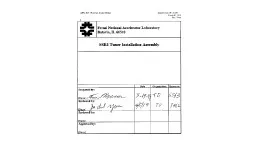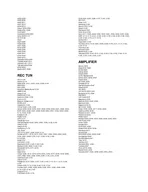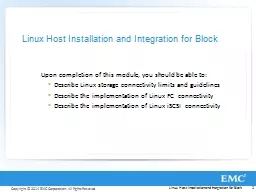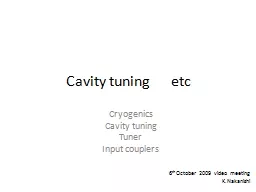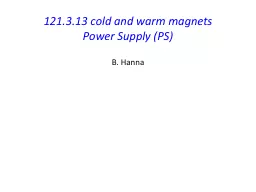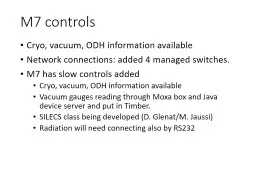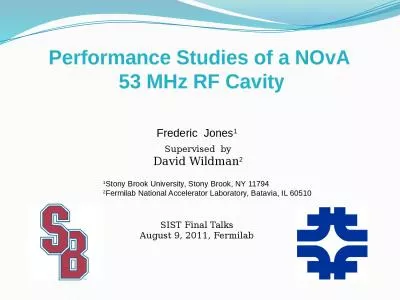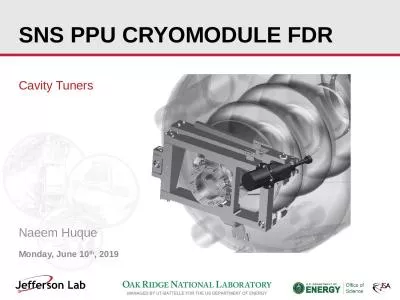PPT-SSR1 Tuner (F10055138) Installation
Author : conchita-marotz | Published Date : 2019-11-21
SSR1 Tuner F10055138 Installation Preassembled Tuner Parts 1 x2 Main Tuner Arm preassembly F10055138B 2 x1 Actuator Frame preassembly F10055140B
Presentation Embed Code
Download Presentation
Download Presentation The PPT/PDF document "SSR1 Tuner (F10055138) Installation" is the property of its rightful owner. Permission is granted to download and print the materials on this website for personal, non-commercial use only, and to display it on your personal computer provided you do not modify the materials and that you retain all copyright notices contained in the materials. By downloading content from our website, you accept the terms of this agreement.
SSR1 Tuner (F10055138) Installation: Transcript
Download Rules Of Document
"SSR1 Tuner (F10055138) Installation"The content belongs to its owner. You may download and print it for personal use, without modification, and keep all copyright notices. By downloading, you agree to these terms.
Related Documents

